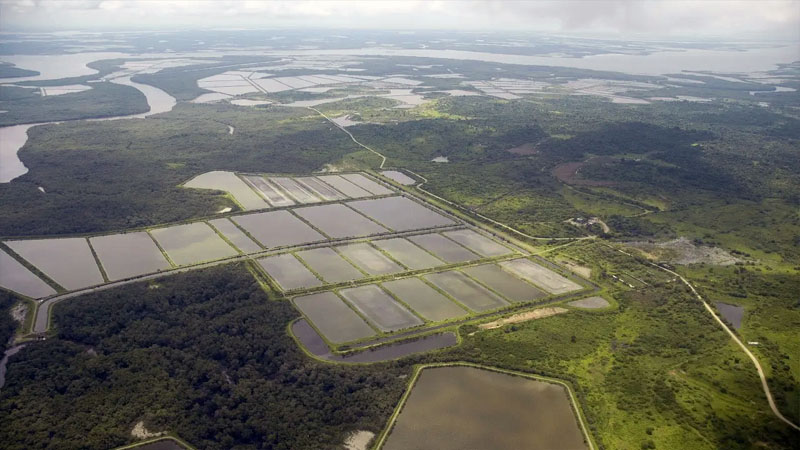Exclusive content

Ecuador has established itself as a global leader in shrimp production and exportation, holding the title of the world’s largest producer. However, despite its prominent position, the Ecuadorian shrimp industry faces a myriad of challenges that threaten its sustainability and growth. José Antonio Camposano, executive president of the Ecuadorian Chamber of Aquaculture, provides an examination of the hurdles confronting this vital sector.
A Snapshot of the Industry
The Ecuadorian Chamber of Aquaculture is an organization that unites the entire shrimp value chain in the country, encompassing hatcheries, farmers, grow-out ponds, processors, and exporters. Comprising approximately 400 companies, the chamber is a pivotal force in Ecuador’s aquaculture landscape. Camposano’s 13-year tenure has equipped him with a nuanced understanding of the industry’s evolution.
Ecuador is not only the largest producer of shrimp globally but also the foremost supplier to major markets, including the European Union and the United States. With annual production exceeding 1.2 million tons from a dedicated 220,000 hectares of farming land, shrimp represents a significant driver of the national economy. In 2023, exports were valued at approximately USD 7.2 billion.
Competition and Market Dynamics
While Ecuadorian shrimp thrives in international markets, it faces stiff competition from countries like China, which, despite producing more shrimp, primarily consumes its output domestically. China’s growing demand for shrimp has resulted in imports ranging from 900,000 to 1.1 million tons per year, predominantly sourced from Ecuador.
The global shrimp industry has not always been so robust. The emergence of the “white spot” disease in China in 1995 sent shockwaves through shrimp aquaculture, slashing the industry’s size by nearly a third. In response, global producers pivoted to unaffected shrimp families, but, by studying and selecting for naturally resistant shrimp that survived the disease, Ecuador has rendered the country the only producer free from the white spot disease today.
Sustainable Production Practices
Ecuador’s shrimp sector thrives on sustainable production methods that prioritize the health of the shrimp and the environment. A commitment to selecting species resistant to diseases has led to minimal use of antibiotics during the breeding period. Unlike some nations that rely heavily on pharmaceutical interventions, Ecuador emphasizes low-density farming—placing only 7 to 15 shrimp per square meter compared to as many as 300 in other countries. This method not only reduces stress among the shrimp but also enhances their immune systems, fostering a more robust aquaculture environment.
The incorporation of technology and data analytics is revolutionizing the shrimp farming process in Ecuador. Camposano highlights the role of precision aquaculture, where sensors placed in the water collect valuable data regarding shrimp behavior, particularly their feeding patterns. Insights from these data allow farmers to optimize feeding schedules, ensuring that shrimp are fed only when hungry. This intelligent food management system not only improves shrimp health but also enhances water quality, creating a healthier aquaculture ecosystem.